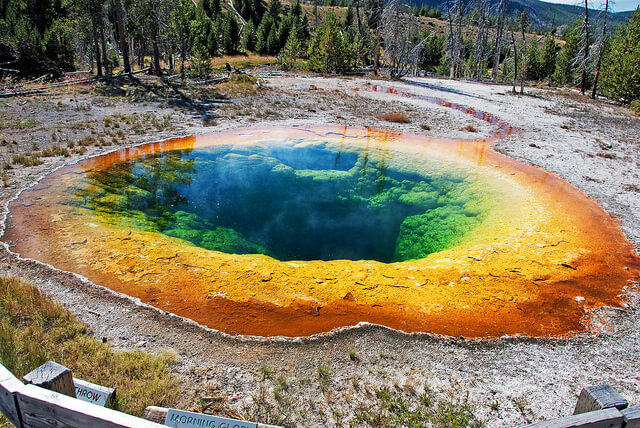Crucibles
In the scheme which we outlined in the opening paragraph of this section, of having a place for everything, it was stated that there should be a separate table for ignitions. The size of this table will, of course, depend on the number of ignitions which are to be made at one time. Ten or […]
Laboratory Workbench
The one thing about a mill laboratory which is very similar to the college laboratory is the desk or laboratory workbench for general operations which is present in one form or another in every laboratory. If the desk is to be placed in the middle of the room, it is usually a double desk; if […]
Laboratory Fume Hood
Upon nothing does the comfort of the inmates of a laboratory so much depend as upon the hood, and it is essential that this should “draw” well in order to carry off the fumes. Simple Laboratory Fume Hood Design Fig. 4 shows the simplest form of hood and one which will draw best of all, […]
Laboratory Sinks
In most college laboratories and in some large industrial ones the sinks are located in the middle or at the ends of the work benches. In a small laboratory, however, it will be found more convenient to have a separate table for the sink and it will save plumbing to fit this table up for […]
Analytical Laboratory Design & Equipment
In designing and equipping an analytical laboratory, two aims must be kept always in mind—First, to promote accuracy, and second, to economize time and labor. Don’t make the mistake of sacrificing the former unnecessarily to the latter, but always save time and labor when possible and to that end arrange your laboratory systematically. Nothing so […]
Chalcopyrite Leaching by Thermophilic Bacteria

Research in recent years has been directed toward seeking methods of metal extraction which are less labor and energy intensive, less costly in capital investment and are less insulting to the environment. Chemical metallurgy offers much toward meeting these criteria. Hydrometallurgy offers innovations in copper dump leaching, new developments in in-situ leaching of copper and […]
Remove SO2 from Lead Smelter by Citrate Process
The Federal Bureau of Mines has developed a flue gas desulfurization (FGD) process that uses a carboxylate solution, such as citric acid, to absorb sulfur dioxide (SO2) from industrial waste gases. The absorbed SO3 is subsequently reacted with hydrogen sulfide (H2S) to precipitate sulfur and regenerate the solution for recycle. This process is known as […]
Telluride Assay Determination
The scorification assay for telluride ores has long been believed, and apparently proved, to give low results by reason of volatilization, and it is now seldom used for ores of that class. The assay by crucible is supposed to be far more reliable, and Furman maintains that it is entirely so when properly carried out. […]
Tellurium Assay Determination
Standard tellurium analytical procedures were modified to obtain the greater sensitivity needed to support a survey of tellurium resources by the Bureau of Mines. Resulting volumetric and spectrophotometric methods for determining tellurium in all types of tellurium-containing materials are described. Sample decomposition and preliminary separations of interfering selenium, gold, and silver are the same in […]
Centrifugal Casting of Refractory Concretes
As part of its program to conserve the Nation’s natural resources by developing improved performance materials, the Bureau of Mines, U.S. Department of the Interior, in cooperation with the U.S. Department of Energy, has conducted an investigation of materials of construction able to withstand the high temperature and hostile environments encountered in coal gasification units. […]
